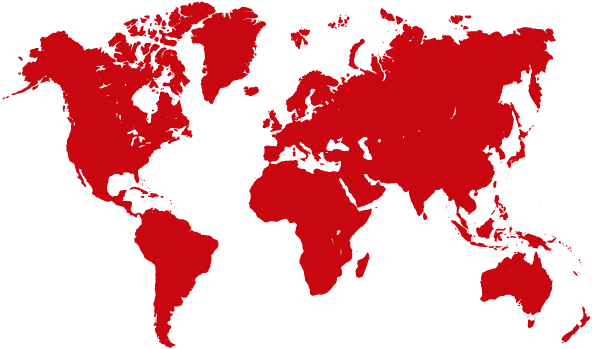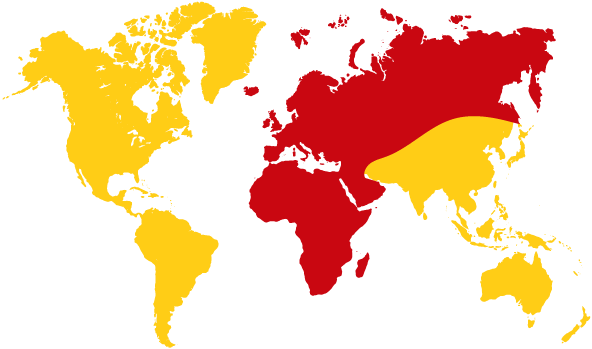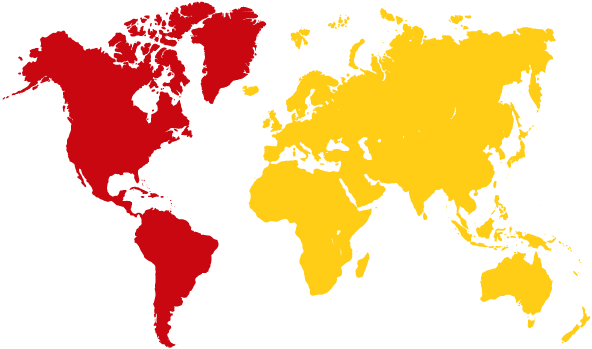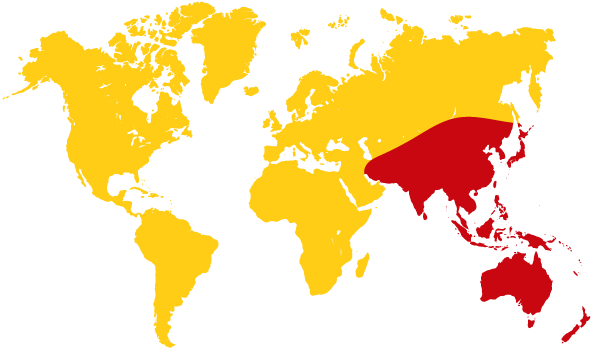Torrential monsoonal rain in south-western Sri Lanka last Sunday sparked a flood and landslip disaster resulting in the Radio Society of Sri Lanka (RSSL) receiving an urgent call for help.
RSSL President, Jaliya Lokeshwara 4S7JL got an emergency call seeking help with emergency communications provided by radio amateurs.
Emergency communications were needed to link remote Kalawana, one of the worst hit areas and Ratnapura. All communications had failed due to heavy flooding, earth-slips, and broken communications networks.
Roads were impassable, with the only air rescue possible by the Sri Lanka Air Force helicopters, and without communications that was even more difficult.
The RSSL in response had a plan with four radio amateurs ready to be airlifted from Colombo to both locations to form a communications link.
Jaliya 4S7JL and Nadika 4S6NCH were the first ready to go, and were joined by Victor 4S7VK and Dimuthu 4S7DZ. Victor 4A7VK said: “We knew we could do it, we were self-sufficient and willing to rough it out.”
“It was a hard task, but within 30 minutes of landing the High Frequency link was established. It had two days of tremendous coordinating rescue flights, movement of patients from Kalawana hospital to Ratnapura, and food drops.”
The emergency link remained until the restoration of mobile phone connections and roads were cleared. Victor 4S7VK in his report concluded: “We are happy we could win the day for simple high frequency radio.”
The disaster aftermath continues with the deaths of 194 people and thousands of displaced survivors.
An excellent report on all of the emergency communications was been released by the media spokesman of the RSSL Victor Goonetilleke 4S7VK, that can be read at:
http://www.rssl.lk/rssl_response_to_flood_disaster_may_2017/
— Jim Linton VK3PC, Chairman IARU Region 3 Disaster Communications Committee with Jayu S. Bhide VU2JAU National Coordinator for Disaster Communication in India (ARSI), and Victor Goonetilleke 4S7VK.



